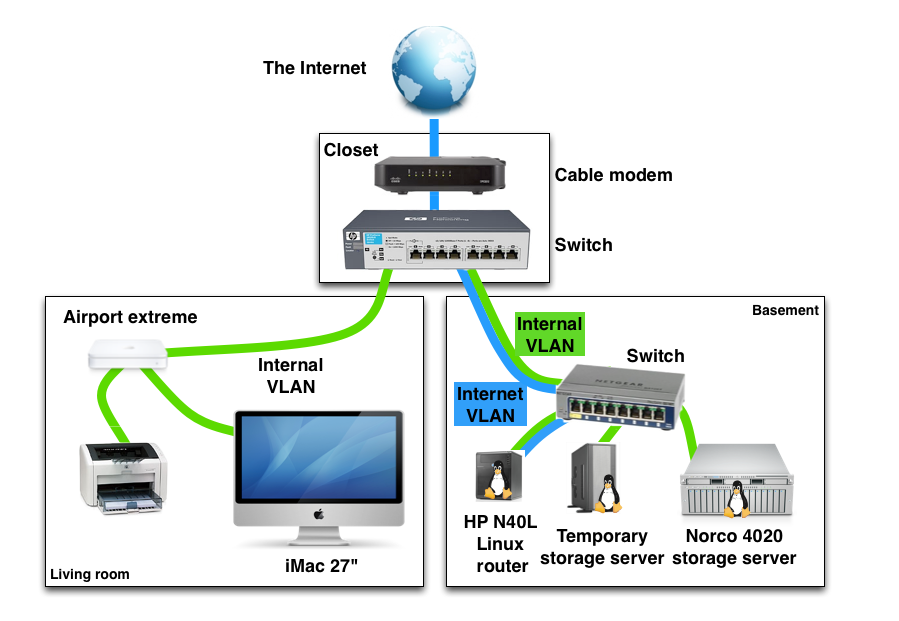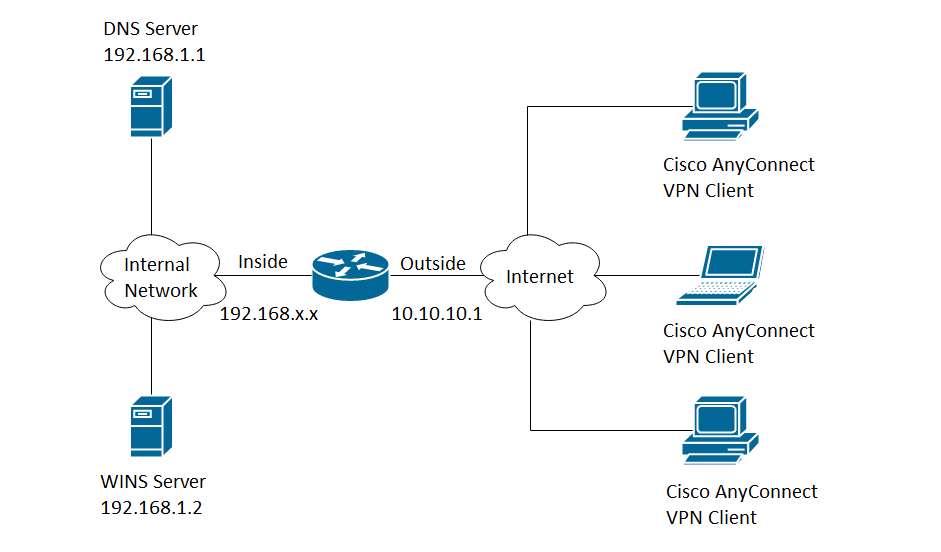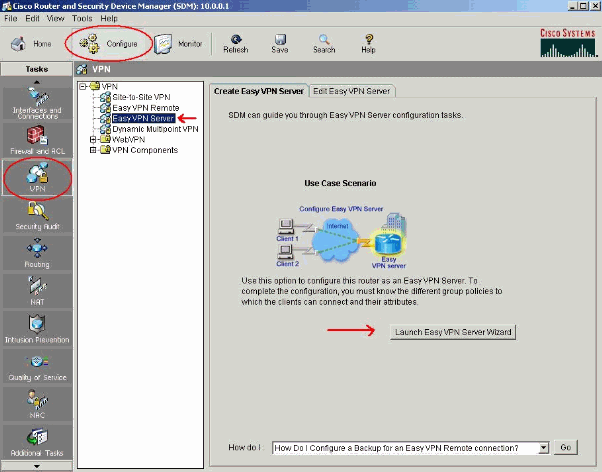- IOS Router As Easy VPN Server Using Configuration ... - Cisco
- IPsec Negotiation/IKE Protocols
- General Cisco VPN
- Cisco Rv130w Vpn Server Setup
- How To Configure VPN Remote Access IPsec On Cisco Router#02
- SSL VPN On IOS
See full list on cisco.com. To simplify the management of all these aspects, your Cisco donation may have a default setup called 'Easy VPN,' which is a single group with common characteristics. Users only need a pre-shared key — like you would need when joining a Wi-Fi network, for instance — with the addition of a username and password authentication.
A Virtual Private Network (VPN) allows to connect to a private network through the Internet, from anywhere in the world.
It may be very helpful to business users willing to access from outside the internal resources of their company.
In this post we’ll see how you can allow Active Directory users to perform the login to a VPN, configured on a Cisco router.
Point-to-Point Tunneling Protocol (PPTP) VPN servers are best suited for remote access applications, but they also support LAN internetworking as well. The objective of this document is to show you how to configure a VPN server using Point-to-Point Tunneling Protocol and how to add new PPTP VPN Users on the RV130 and RV130W. Applicable Devices. Dec 13, 2018 Step 1. Log in to the web configuration utility and choose VPN PPTP Server. The PPTP Server page opens: Step 2.
The setup includes a Cisco 1801 router, configured with a Road Warrior VPN, and a server with Windows Server 2012 R2 where we installed and activated the domain controller and Radius server role.
To facilitate the management of the users with the permission to access through VPN, we are going to create a specific group called VpnAuthorizedUsers:
Assign the user who needs the VPN access to the group VpnAuthorizedUsers:
Launch Server Manager and select Add Roles and Features:
Select the server where to install the role:
Select the role Network Policy and Access Services:
Install the required features:
Select Network Policy Server:
Press Install to start the installation of the role:
Press Close to exit from the wizard:
Procced with the configuration of the Radius server selecting NAP, then right-click on the server name and press Network Policy Server:
Right-click on NPS and select Register server in Active Directory:
Collapse the Radius menu and right-click on RADIUS Clients:
Specify the name and the IP address of the peripheral that will forward the authentication requests to the Radius. Also specify a password for the connection:
Expande Policies and right-click on Connection Request Policies:
Specify a policy name:
Add a Client Friendly Name condition:
Specify the same name used for the Radius Clients:
Click Next:
IOS Router As Easy VPN Server Using Configuration ... - Cisco
Select the attribute User-Name and click Next:
Right-click on Network Policies:
Specify the policy name:
Specify the UserGroups condition:
Add the group VpnAuthrizedUsers that you’ve precedently created:

Enable the PAP,SPAP access:
Press NO at the following dialog:
Once the Road Warrior VPN has been configured on the Cisco router, you have to enable the authentication of the VPN users through Radius.
The local command allow local users of the router to connect even if the Radius server is offline:
conf t
aaa authentication login vpnuser group radius local
Be sure the crypto map command has the same name of aaa authentication:
Access in configuration mode (Configure terminal) and specify the radius parameter with the IP address and the password specified at the beginning of the tutorial:
radius-server host 10.0.0.1 auth-port 1812 acct-port 1813 key password xxxxxxxxx
Objective

Remote access VPNs let single users connect to a central site through a secure connection over a TCP/IP network such as the Internet. Point-to-Point Tunneling Protocol (PPTP) VPN servers are best suited for remote access applications, but they also support LAN internetworking as well.
The objective of this document is to show you how to configure a VPN server using Point-to-Point Tunneling Protocol and how to add new PPTP VPN Users on the RV130 and RV130W.
Applicable Devices
• RV130
• RV130W
PPTP Server Configuration
Note: Before beginning the PPTP Server Configuration process, it is recommended that you change the IP Address of your local network from the default settings. The default settings will likely overlap with the client's home network, causing connectivity issues. If left as the default, you will additionally be presented with an error message each time you add a user. In this guide, we will be using our network as the 10.0.0.0/24 network, with the router using the IP Address 10.0.0.1. For guidance on changing your network's IP Address, refer to Configuration of IPv4 LAN on RV130 and RV130W.
Step 1. Using the Configuration Utility, choose VPN > PPTP Server. The PPTP Server page opens:
Step 2. Under the PPTP Configuration section, check the PPTP Server enable checkbox.

Step 3. In the IP Address for PPTP Server field, enter the LAN IP Address of the RV130 or RV130W.
Step 4. In the IP Address for PPTP Clients field, enter the IP address range to be assigned for your users.
IPsec Negotiation/IKE Protocols
Step 5. Check the Enable check box for MPPE Encryption to encrypt point-to-point links. Microsoft Point-to-Point Encryption (MPPE) not only encrypts Point-to-Point Protocol (PPP) packets, but also uses a compression algorithm to optimize bandwidth utilization in order to support multiple simultaneous connections. This option can only be enabled or disabled if you enable the PPTP Server.

Adding New PPTP VPN Users
Step 1. Using the Configuration Utility, choose VPN > PPTP Server. The PPTP Server page opens:
General Cisco VPN
Step 2. In the PPTP User Account Table, click Add Row.
Step 3. Check the Enable checkbox for the new user account.
Cisco Rv130w Vpn Server Setup
Step 4. Enter a username in the Username field, and enter a password for the user in the Password field.
How To Configure VPN Remote Access IPsec On Cisco Router#02
Note: Repeat Steps 2 - 4 to add additional user accounts.
SSL VPN On IOS
Step 5. Click Save to apply changes.
